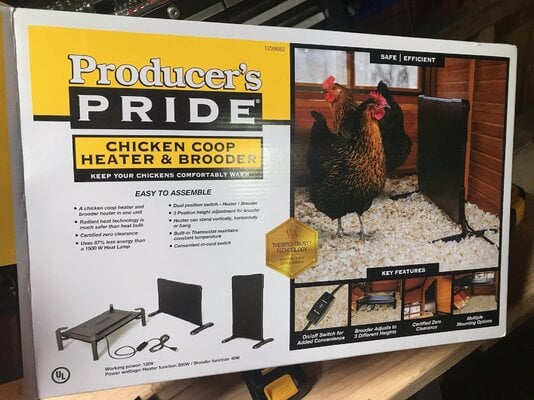Kayjax86
In the Brooder
- Mar 29, 2022
- 10
- 14
- 34
We bought this heat plate today, put it in the coop (heating setting, not brooder setting). We just checked the coop after an hour of having it on, the plate itself is barely warm and not putting out much heat at all! Anyone else experience this?? We have 5 week old chickens and ducks in there and now I'm super worried!





 I have been successfully using heat lamps for over 30 years, so I have had no reason to try those heat plates. But I love reading comments about them. FWIW, here are some of my thoughts on the previous comments.
I have been successfully using heat lamps for over 30 years, so I have had no reason to try those heat plates. But I love reading comments about them. FWIW, here are some of my thoughts on the previous comments.